Pixels of Christmas Past: The Biggest Video Game Crazes (Part 1)
Video games carved out a space in the home more than 40 holiday seasons ago. Since the 1972 arrival of the Magnavox Odyssey, we’ve seen eight generations of consoles, PC games without number, and more cartridges, discs, and downloadable content that you can imagine. With new games in constant development and as-yet-undreamed-of gaming phenomena lurking in the future, we’re kicking off a two-part look back at some of the biggest crazes to hit home video gaming.
1. The Magnavox Odyssey – 1972
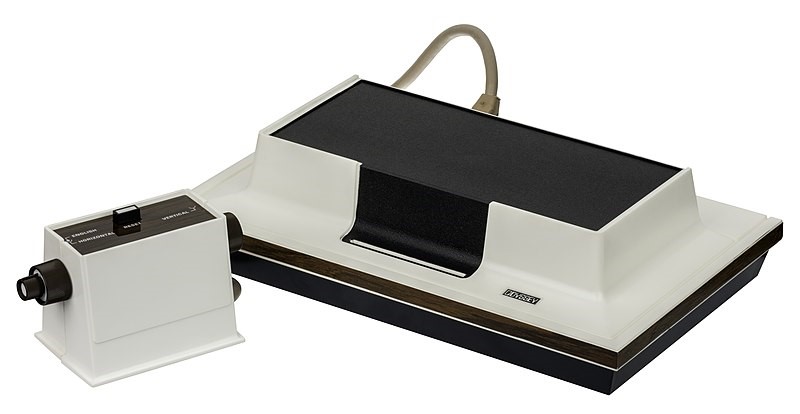
The very first commercial home console, the Magnavox Odyssey combined board games, dice, and other accessories with plastic screen overlays to create a unique and brand-new gaming experience. The player controlled what are essentially only three dots and a line on a television screen; these elements combined with the overlays for various effects in different games. The set also had a light-gun peripheral, the first of its kind. The Odyssey sold decently in its first several years, reportedly selling over 350,000 units during its three years of life. Its biggest legacy is that it served as a proving ground for the demand for electronic games.
2. Pong – 1975
Pong, the first game developed by Atari, began its run as a stand-up arcade game in 1972. The simple electronic tennis format became a hit with the public, leading Atari to the conclusion that a home version might be embraced. They were right. More than 150,000 units of Home Pong were sold through Sears during the 1975 holiday season. The impact on the gaming industry was immediate, as Coleco and Nintendo immediately began pursuit of console games. Though surpassed in graphics and popularity soon after its release, Pong has never really gone away. New versions of the game continue to be made into this decade, and it’s a perennial pop-culture reference in films and television about the ’70s and ’80s.
3. Pac-Man – 1980 Arcade; 1982 Home
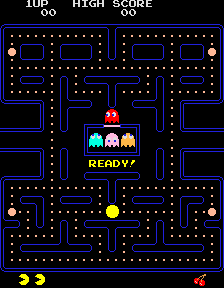
Truly one of the biggest phenoms to ever hit gaming, Pac-Man began pixelated life as Puck-Man in Japan. Developed for Namco by designer Toru Iwatani and programmer Shigeo Funaki with music by Toshio Kai, the arcade version became a monster hit around the world. The popularity in North America was particularly intense; the game grossed over $1 billion in quarters during its first year of release. Namco racked up another billion dollars in the first 18 months on sales of the arcade units. The craze was so big that the game inspired a huge amount of ancillary merchandise, including board games, various animated series, and the hit single Pac-Man Fever by Buckner & Garcia. Game spin-offs, including Ms. Pac-Man and Baby Pac-Man, followed, with much success. The Pac-Man cartridge for the Atari 2600, released in 1982, sold more than 7 million copies; unfortunately, the imperfect conversion left millions of cartridges unsold and contributed to Atari’s demise. Though the original Pac-boom faded by the mid ’80s, Pac-Man has never gone away; new iterations of the game continue to be made for various platforms. The character also continues to appear today in crossover games like Super Smash Bros. and Amiibo.
4. Star Wars: The Empire Strikes Back – 1982
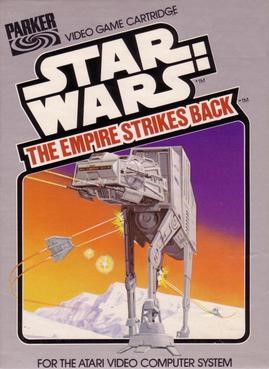
In a world with more than 90 video games, arcade games, and pinball games based on the Star Wars universe, this game holds the distinction of being the first-ever Star Wars game to be licensed. Developed by Parker Brothers for the Atari 2600 console, Star Wars: The Empire Strikes Back focuses on the AT-AT segment of the Hoth battle from that film. A sidescroller where the player (as Luke Skywalker in the snowspeeder) tries to take down Imperial walkers, the cartridge proved very popular even as it got mixed reviews. One famous detractor was legendary writer Harlan Ellison, who savaged the game in a piece for Video Review, primarily for the fact that it’s a game that you’re not really able to “win.”
5. The NES (plus Super Mario Brothers) – 1985/1986
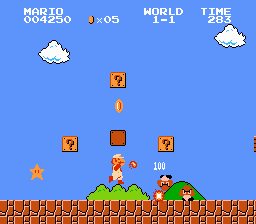
Console gaming seemed on the wane in the United States by the time the Nintendo Entertainment System arrived in North America. After a limited launch in 1985, the NES broke big in the States the following year. The clear winners of the launch titles were Duck Hunt (with that infuriating laughing dog) and Super Mario Bros. Mario, hero of earlier games like Donkey Kong, emerged as a genuine pop culture icon; Super Mario Bros. eventually sold over 29 million copies in North America and paved the way for an endless series of sequels and spin-offs that continues today.
6. DOOM – 1993
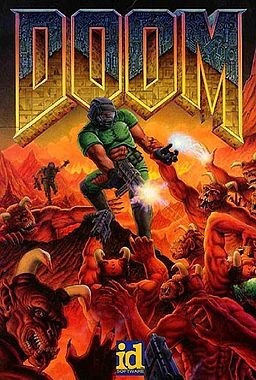
By no means was Doom the first successful PC game. However, it redefined the first-person-shooter genre and paved the way for other massively successful entries. Originally distributed by both mail order and shareware (that’s what we used to call downloadable content), the game reached 20 million people in its first two years. Doom represented a step forward for game graphics and multiplayer functionality as well, two benchmarks that are still emulated in games like the Call of Duty franchise. While the game generated controversy based on its monster designs and violence, it remains incredibly popular and has been cited by everyone from IGN to the New York Times as one of the great action games.
7. Warcraft: Orcs & Humans and World of Warcraft – 1994, 2004
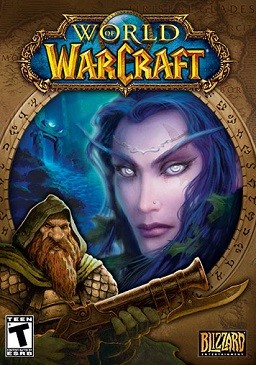
While it wasn’t the first real-time strategy game for PC and it wasn’t the first multiplayer game, Warcraft: Orcs & Humans burst onto the scene as one of the best of both worlds. Blizzard Entertainment put together an appealing fantasy world that allowed players to take on the roles of either humans or orcs (with magical allies and races unique to each side) and battle for dominance. Over a series of missions, players had to mine gold, chop wood, create buildings necessary to produce soldiers and fantasy creatures, and battle. Aspects of the game would influence later hits like Minecraft, while character phrases like the Orc response “Zug zug” entered conversational gamer vocabulary. The popularity of the first installment led to further sequels that added naval and aerial units (like dragons) in Warcraft II and new factions and individual hero characters in Warcraft III.
As popular as those games and their expansion packs were, no one was ready for the phenomenon that would follow when Blizzard dove fully into the MMORPG (massively multiplayer online role-playing game) universe with World of Warcraft. The game allows you to create a character that adventures in the fantasy landscape, going on missions and leveling up with experience. However, you can also interact with any other player that’s simultaneously online, and you can team up on quests and battles or fight among yourselves. WoW became instantly and insanely popular upon its holiday season release in 2004; today, with seven expansions available and more than 100 million registered user accounts, it remains one of the most beloved games on the planet. As of last year, the game had grossed more than $9 billion in revenue.
In Part Two, we’re going to try to catch ‘em all with Pikachu, steal cars, fight aliens, clean up Gotham, play guitar, and do some building (lots of building) while we try to stay alive for two weeks.
Featured Image: The Nintendo Entertainment System console. (Photo by Evan Amos; Wikimedia Commons Public Domain release by owner)